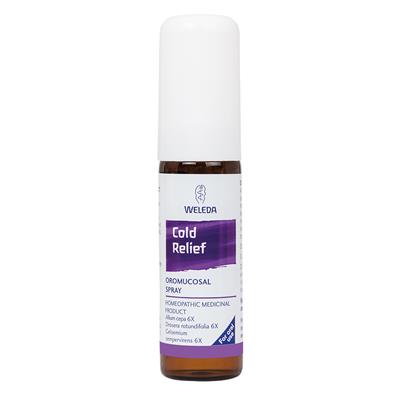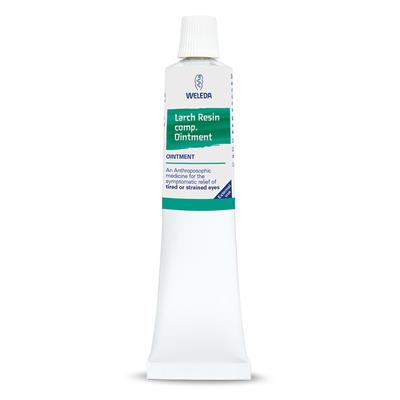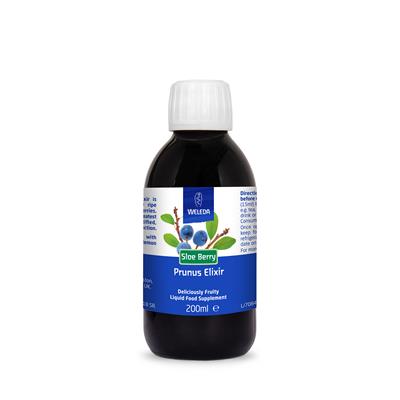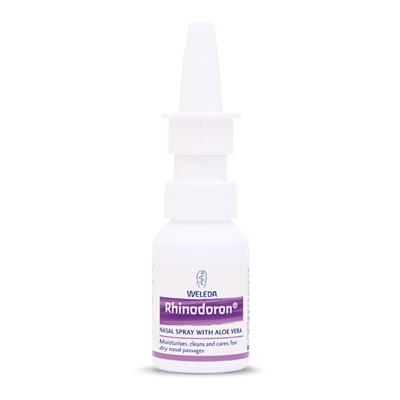Soothing relief for throat and feet
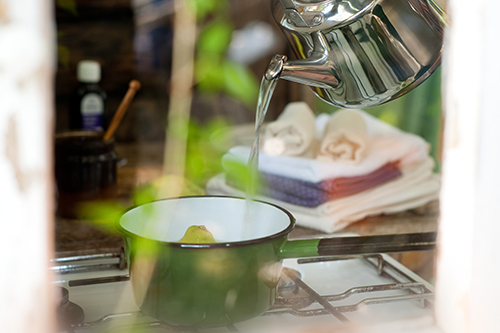
1. Lemon for the Throat
Cut a lemon in half and place the cut side down in a bowl. On top of this, pour 0.5 litres of hot water (approximately 75 degrees Celsius). Press out the lemon using a tall cup, taking care not to scald your hand. This releases both the juice of the lemon as well as its essential oil. Fold a cotton cloth so that it is long and wide enough to cover the patient’s throat without covering the spine. Roll the cloth from both sides toward the middle. Place it in the bowl, allowing it to absorb the lemon water. Use a fork to remove the cloth from the bowl to a dry towel, and wring it out thoroughly. Test the temperature on your wrist before applying. Unroll the cloth onto the throat, then secure it by wrapping a wool scarf around the neck. Apply the compress for 30 minutes.
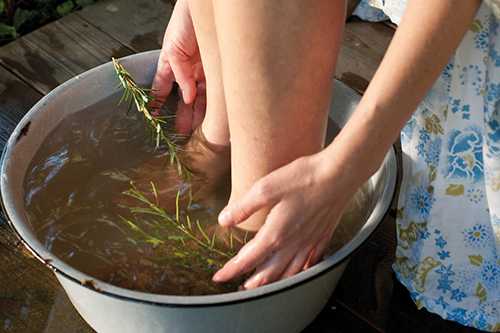
2. No more cold Feet!
When the cold gets to your toes, try a progressively warm foot bath. Soak your feet in a basin of warm water (approximately 33 degrees Celsius). Add hot water to the bath in stages, so that the temperature increases bit by bit. Take care not to pour water directly on the feet. It is important to maintain a temperature that is comfortable for you. Measure the temperature of the bath water to ensure that it does not exceed 40 degrees Celsius. After 10 to 15 minutes, dry the feet with a towel, put on warm socks and rest. (Be careful with the hot water! Children and people with foot problems can be particularly sensitive.)
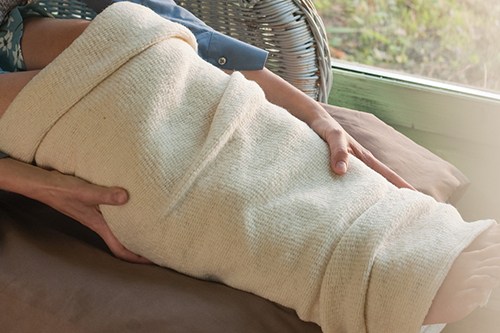
3. Gentle Calf Wraps for Fever
Calf wraps have proven to be an effective treatment for fever and are suitable for children over one year of age. Only apply calf wraps if the patient’s feet are warm. First, place a thick bath towel (or similar) under the legs of the comfortably reclining patient. On top of this, spread out an intermediate cloth for each leg. Soak the two wrapping cloths in warm, body temperature water (no more than two degrees Celsius cooler than the patient’s own body temperature). After wringing out the cloths, wrap one around each calf, above the ankle and below the knee. Secure the wraps with the intermediate cloths. Finally, wrap up both legs together with the ends of the large bath towel, creating a kind of package. When the inner wraps become warm, remove them and replace with new, cool wraps. The layering allows the wraps to be replaced quickly without unnecessarily exposing the legs to drafts. Continue the application as long as needed to lower the fever. If the feet become cold, stop the wrap treatment immediately.
What You’ll need
- 2 wrapping cloths made from untreated cotton, raw silk or linen, which will directly touch the skin.
- 2 outer cloths to secure the compresses to the legs
- A normal-sized tea towel to wring out the wraps
- A larger covering cloth or bath towel made from thick cotton, fleece or wool, if it is tolerated by the skin. This is important for comfort and prevents against cold drafts.
Things to consider
A compress takes time. Time to prepare it, apply it, and to have an effect. Patience is called for, especially when children are sick. Some children need time before they notice the benefits of the compress. Parents who are unsure about the course of their child’s illness should consult a paediatrician.

